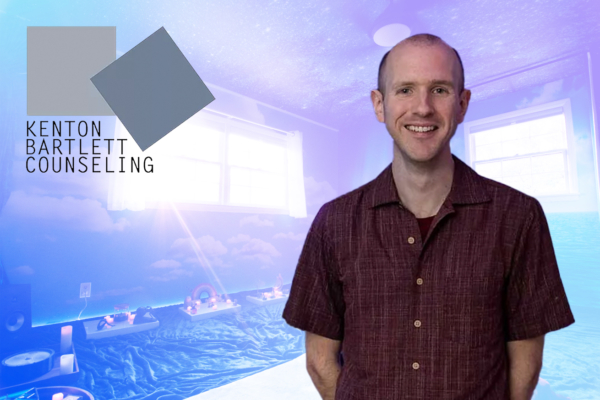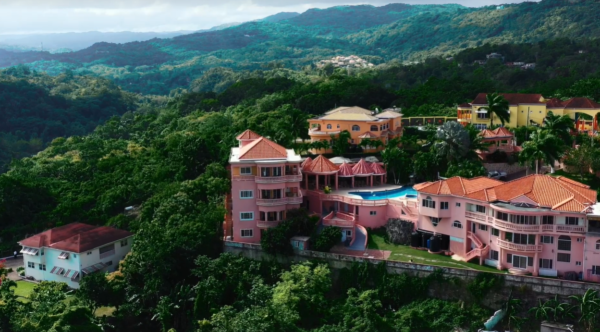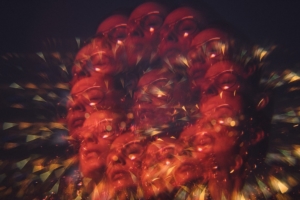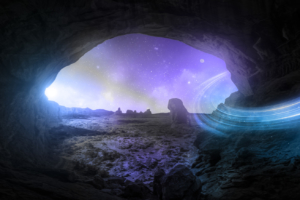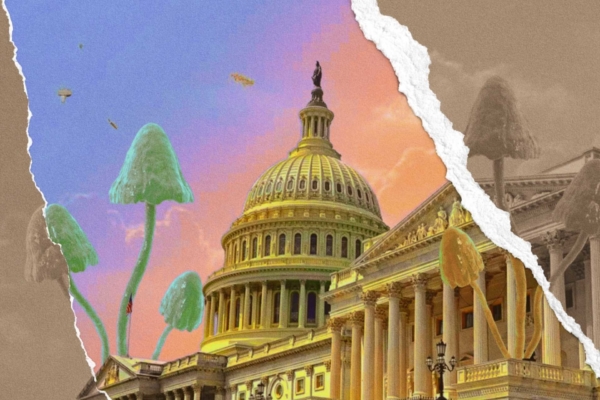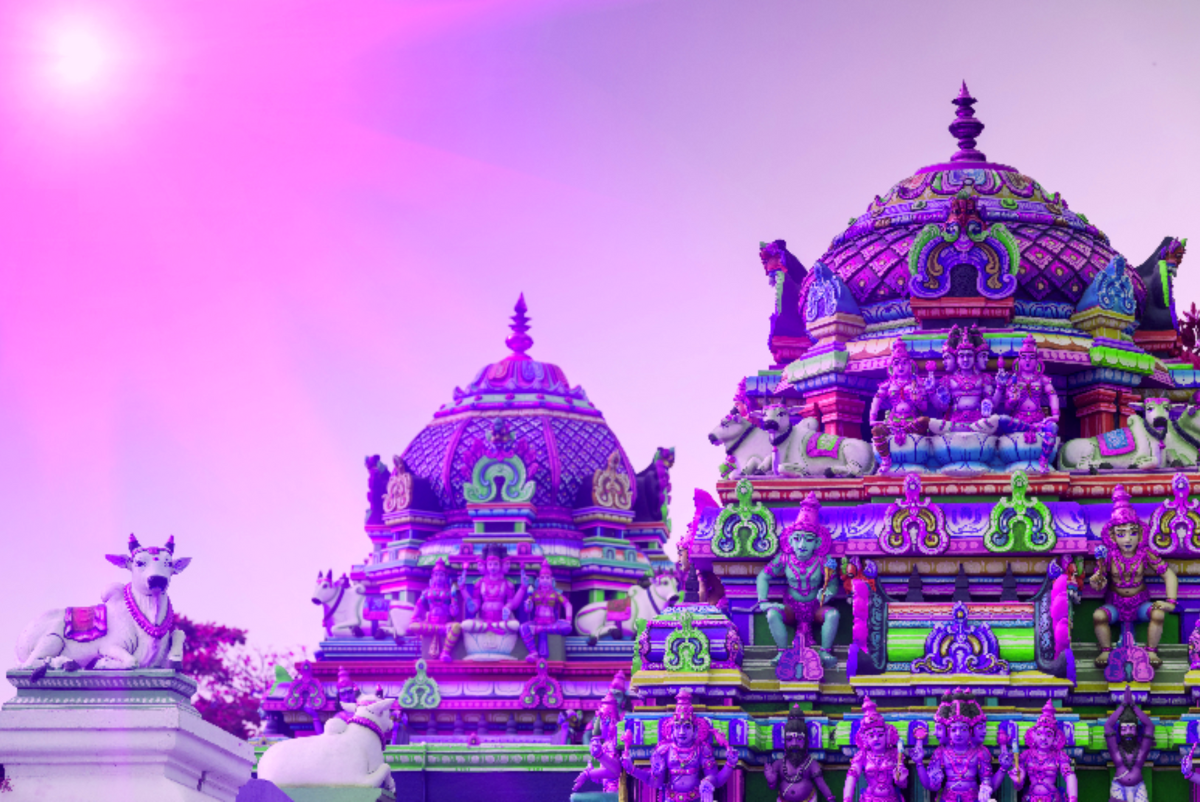
When Westerners think about psychedelics in India they may recall the legendary Soma of Vedic lore, or the epic party scene in Goa. Some may know the story of how the Beatles traveled to India, where they experimented with LSD and forever changed their sound and outlooks on life. Given this history, Westerners may have the impression that psychedelic use in India is common and tolerable, if not legal. However, this deduction could not be further from the truth.
In fact, the use of such mind-altering substances is highly stigmatized in the world’s second most populous nation. Those who experiment with altered states of consciousness often hide their mental explorations, for fear of being ostracized or even arrested.
On top of that, substances such as LSD are exceedingly hard to procure. Given this, even those willing to risk social disapproval may find it impossible to actually find a psychedelic with which they can alter their consciousness.
In this article, I will briefly examine the usage and stigmas of psychedelics in India, and look at whether cultural perceptions can shift.
How common is psychedelic usage in India?
In answering this question, the first thing to understand is that good data on the subject is exceedingly hard to find. Despite this, some attempts have been made to measure illegal drug use in the country. Keep in mind, you should take the results with a grain of salt, as there may be problems with the measurement techniques, and people may be reluctant to admit to illegal drug use, even in an anonymous survey.
Nevertheless, in 2019, the national government released a report entitled Magnitude of Substance use in India. Though its focus was on more prevalent drugs, it did find that 0.12% of Indians have tried a hallucinogen, representing 1.66 million individuals. Despite being a large group of people in absolute terms, the report found that of all drugs, hallucinogens represented the “lowest prevalence of current use in India.”
When looking regionally, a separate survey found the Indian state with the most hallucinogen use between 2017 and 2018 was Maharashtra. In this state of almost 125 million people, approximately 600,000 people were estimated to have used a psychedelic drug, representing 0.48% of the population.
Given these statistics, even if we assume that the surveys massively undercount the actual number of Indians using hallucinogens, it is apparent that psychedelic usage in the world’s largest democracy is extremely rare.
Which psychedelics are the most popular in India?
Despite the relative obscurity of psychedelics in India, we do have some data on the mind-altering substance of choice for Indians. According to The Indian Journal of Psychiatry, an online survey of psychonauts found that of those who use psychedelics, 93.9% had tried LSD, 75.5% had tried psilocybin mushrooms, and 36.7% had tried DMT.
So it seems the Beatles story at least identifies the psychedelic of choice of Indians, as the survey found LSD to be by far the most popular.
Again though, take these statistics with a huge grain of salt, as there were only 68 respondents in the survey. The small sample size and the online and opt-in nature of the survey make the results somewhat unreliable.
What are the cultural stigmas surrounding psychedelics in India?
Since psychedelics are extremely rare in India, stigmas surrounding their use are mostly enveloped in stigmas surrounding the use of illegal drugs in general. And in India, these stigmas are extremely strong.
For example, when discussing illegal substance use, in 2021, current Prime Minister Narendra Modi condemned drugs as a social evil that brings “darkness, destruction and devastation.” Making these statements on the International Day Against Drug Abuse and Illicit Trafficking, he later added to the message with a Tweet, saying “Let us reiterate our commitment to #ShareFactsOnDrugs and realize our vision of a Drugs Free India. Remember- addiction is neither cool nor a style statement.”
Of course, the government is not the people. But in this case, Modi’s statements do reflect a sentiment held by many Indians. Let’s start with the media, for it’s an important institution in shaping the public’s opinion. On a grand scale, Indian media as a whole plays into the stigmatization of drug use. In a study of online media from 2020-2021, it was found that “Sixty percent of articles had pessimistic headlines and portrayed substance use or persons with substance use negatively.” The study found that the “Most frequent themes were legal-criminal aspects of substance use (n = 39), psychosocial and health hazards of substance use (n = 30), and propagation of public stigma (n = 25).” In other words, when online Indian media discusses drug use, it often vilifies the users.
Though, to be fair, we often see similar trends in Western media as well.
On a personal level, Indians who use psychedelics are often afraid to tell others about their use, even their therapists. The Indian health and science publication, The Swaddle, recently interviewed psychedelic users who used substances like LSD and psilocybin to improve their mental health —an article well worth the read. Here, I will share two of the many fascinating anecdotes it recounts.
Z., 28, also hesitated to disclose his LSD usage to his therapist because he was worried she would “disapprove.” To gauge her reaction, he mentioned his “friends” had tried the psychedelic “once” and “felt better [mental health-wise]” following the trip. She reacted by telling him to get his friend “help” by checking him into rehab since “‘these type’ of people are a menace to society.” Naturally, he never brought it up again because her reaction proved his fears about being “perceived as a junkie, as some kind of a negative element of society, who needs to be isolated in a mental health institution, or a rehabilitation center” were true.
Daya*, 23, on the other hand, chose to be open with her therapist. Unfortunately, this resulted in her therapist attributing all her mental health issues to her drug use even though she was using them as a “crutch” to help her navigate the world, which had been rendered difficult due to her declining mental health. In fact, ever since she mentioned using drugs, her therapist kept bringing it up uncomfortably often until the feeling of being constantly judged, among other things, made her decide not to see the same therapist again.
Could Cultural Perceptions Shift in India?
Cultural norms are never set in stone. Though it is unlikely that the wider stigmatization of drug users will change in the near future, it is possible that the use of psychedelics could escape this paradigm.
In a globalized world, information flows freely across borders. As studies in the Western world continue to show that psychedelics such as LSD, psilocybin (magic mushrooms) and DMT are safe, relatively non-addictive, and even potentially effective medicines for mental health disorders and perhaps even physical health issues, this information will undoubtedly start to influence the opinion of Indians on psychedelics.
If these medicines are legalized in countries such as the United States and Canada, Indians living abroad will gain access to them. If their treatments are successful, word may spread back home.
Added to this, India’s government is making a long-term play to become the “pharmacy of the world,” manufacturing medicines more cheaply than others, and exporting them globally. If psychedelic medicines do become legalized in North America and perhaps Europe, it is possible that India could begin manufacturing the medicines (though that is just a guess at a possibility).
Right now, psychedelic use is heavily stigmatized in India, but it need not always be that way.
